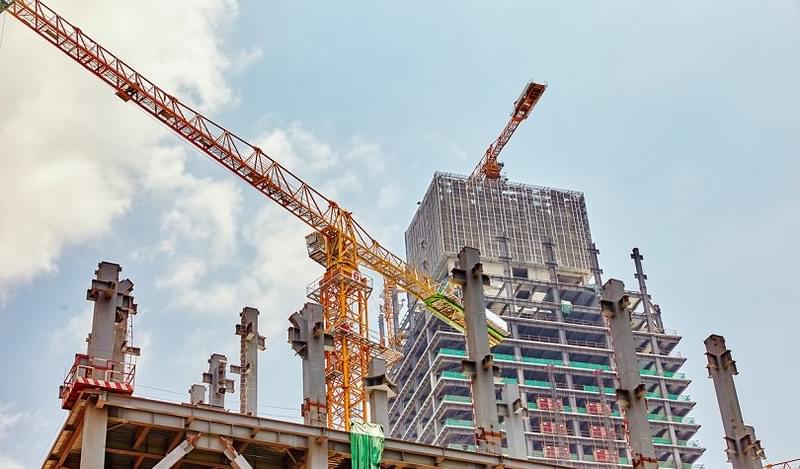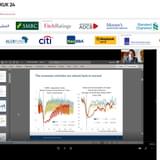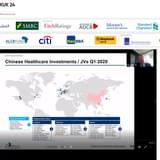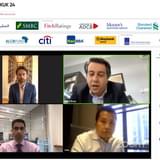Chinese real estate developers like Zhuhai Huafa Group and Beijing Capital Land have rushed to raise billions in dollar-denominated debt in the first few weeks of January, echoing a debt binge seen in the first quarter of 2016.
In 2016, the high volumes of bond issuance form real estate-linked companies in China was driven mainly by low borrowing costs and new rules published in January 2015 that let unlisted developers issue bonds. Previously, only publicly-traded developers could issue debt.
This created a liquidity pool that drove land acquisition by property developers, and in turn, helped propel home prices to record levels.
As the market overheated, the Chinese authorities intervened while local governments in several important cities announced new restrictions.
Some cities increased down payment requirements for purchases of homes by varying amounts, up to 35% for first homes and 70% of second homes. Guangdong cities Zhuhai, Dongguan, and Fuzhou have limited home purchases to a maximum of two homes. Hefei in Anhui province has introduced a rule that freezes prices for the first six months after registration.
Cities like Tianjin, Zhengzhou, Chengdu, Jinan, Wuxi, Nanchang, Nanning, Guangzhou, Xiamen, and Wuhan have also put in place measures to cool the property market, including higher down payments and reducing the number of homes residents can purchase.
The results did not go unnoticed. In early 2017, FTCR China Real Estate Index fell to 39 in January, and developers reported that home sales fell for a fourth straight month in December, and at their fastest pace since January 2016.
This, however, hasn’t seemed to have curbed the appetite for issuing new bonds. During the first weeks of 2017, several real estate companies and property developers tapped the market looking for fresh cash.
Zhuhai Huafa Group sold US$200mn in bonds maturing 2020. Chinese property operations firm Beijing Capital Land raised US$400mn in bonds maturing in 2020. Times Property, another property developer, sold US$375mn in 3- year loans, while Yanlord Land sold US$450mn in 5-year notes. Fund managers around the world have piled into the US$65bn market for dollar-denominated notes sold by Chinese real estate developers.
Is the Market Overleveraged?
According to Greg Saichin, Global Head of Emerging Markets Fixed Income at Allianz Global Investors, real estate, like any other critical sector under Chinese policy scrutiny is being carefully managed by the Chinese government. As the Party prepares for its Congress to ratify the new leadership, policymaking between now and November will be highly choreographed, with little room for improvisation.
“The idea of cooling off the sector is wise in the absence of orthodox measures such as higher mortgage rates or higher policy rates. This is the unintended consequence of a market awash with liquidity looking for an outlet to apply it. This policy action will manage to contain bubble pressure in the system, which will likely be postponed into 2018.”
China’s private sector debt as a whole has become a growing concern for investors and analysts. As of October 2016, private sector debt stood at 169% of GDP, or US$18tn.
According to Sachin, China’s overleverage results largely from state-owned enterprise (SOE), an opaque layer of the country’s economy; with China’s growth rebounding and overcapacity tapering, many enterprises had to cover the gap
“The excess leverage has been covered by the banking sector and asset managers. As the economy rebalances in favour of services and consumption, it is clear that the Government will want a progressive deleveraging and restructuring of SOE’s balance sheets. In a country that still grows north of 6%, this is a feasible goal”.
Overall, China’s domestic debt has risen to 250% of GDP since the global financial crisis in 2008, considerably higher than the emerging market norm, which is around 100% to 150%. The average developed market’s domestic debt-to-GDP is at 289%.









